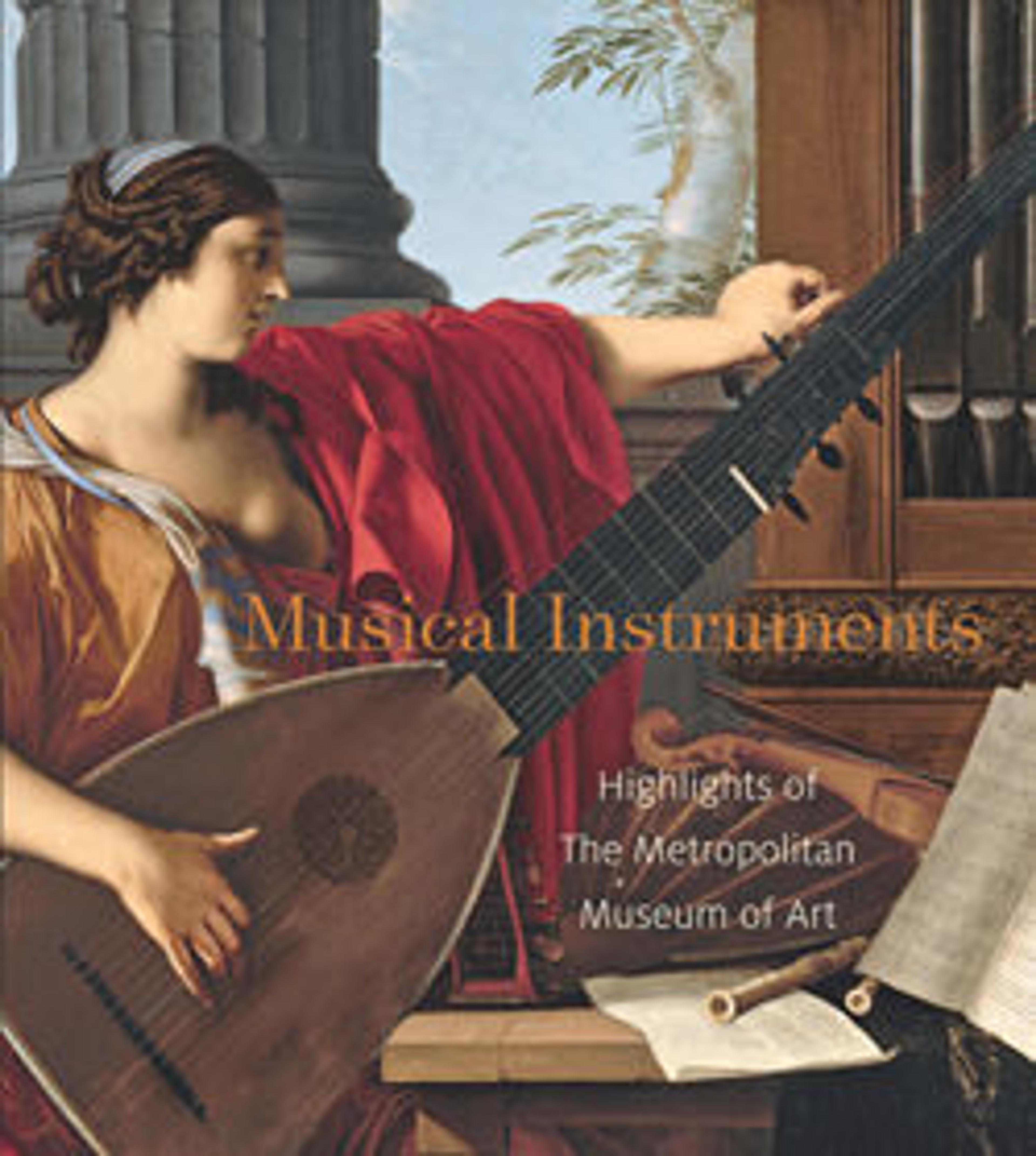Friction Drum (Lunet or Livika)
In northern New Ireland, wooden drums known as lunet were used as musical instruments during malagan ceremonies, elaborate feasts that honored the dead. In contrast to the complex funerary carvings displayed during these ceremonies, drums were neither painted nor adorned with intricate designs. Instead, they were unique in their simplicity of form, and their decoration was limited to a series of carved, almond-shaped eyes inset with opercula, the calcified "doors" that originally covered the openings of snail shells.
Lunet were "friction drums" with three sound-producing wedges (or "tongues") on top. These wedges, each cut to a different size, separated from each other and have small spaces hollowed out underneath. A musician would have played the drum by moistening one of his hands with water and rubbing it across the wedges, creating a unique blend of tones reminiscent of the cry of the bird for which the drum was named.
Lunet were "friction drums" with three sound-producing wedges (or "tongues") on top. These wedges, each cut to a different size, separated from each other and have small spaces hollowed out underneath. A musician would have played the drum by moistening one of his hands with water and rubbing it across the wedges, creating a unique blend of tones reminiscent of the cry of the bird for which the drum was named.
Artwork Details
- Title:Friction Drum (Lunet or Livika)
- Date:late 19th–early 20th century
- Geography:Papua New Guinea, New Ireland
- Culture:Northern New Ireland
- Medium:Wood, shell
- Dimensions:H. 9 1/4 x W. 20 x D. 8 1/4 in. (23.5 x 50.8 x 21 cm)
- Classification:Wood-Musical Instruments
- Credit Line:The Michael C. Rockefeller Memorial Collection, Bequest of Nelson A. Rockefeller, 1979
- Object Number:1979.206.1477
- Curatorial Department: The Michael C. Rockefeller Wing
Audio
1770. Friction Drum (Lunet or Livika)
0:00
0:00
We're sorry, the transcript for this audio track is not available at this time. Please email info@metmuseum.org to request a transcript for this track.
More Artwork
Research Resources
The Met provides unparalleled resources for research and welcomes an international community of students and scholars. The Met's Open Access API is where creators and researchers can connect to the The Met collection. Open Access data and public domain images are available for unrestricted commercial and noncommercial use without permission or fee.
To request images under copyright and other restrictions, please use this Image Request form.
Feedback
We continue to research and examine historical and cultural context for objects in The Met collection. If you have comments or questions about this object record, please contact us using the form below. The Museum looks forward to receiving your comments.
